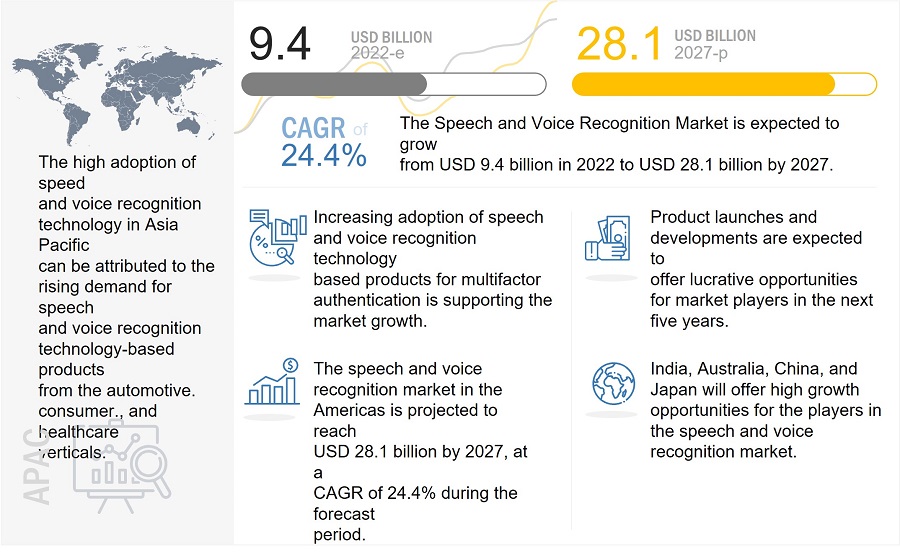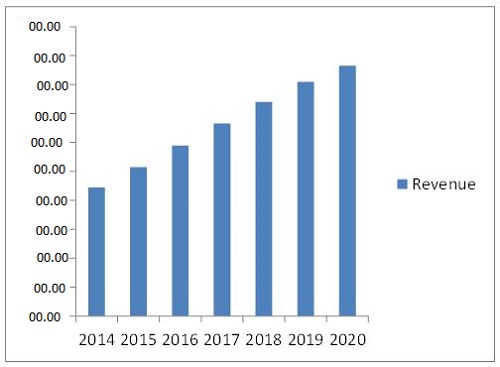According to the new report "Telepresence (Videoconferencing) Market
by Component (Hardware, Software and Service), System Type (immersive
Telepresence, Personal Telepresence, Holographic Telepresence, and
Robotic Telepresence), Industry, and Geography - Global Forecast to
2022", the global telepresence market is expected to reach USD
2.63 Billion by 2022 at a CAGR of 19.6% between 2016 and 2022. Factors
such as technological superiority, reduced costs of travel for small
and large enterprises, minimized operational cost, and growing demand
for robotic telepresence are the key drivers for telepresence market.

Browse 68 market data Tables and 53 Figures spread through 144 Pages and in-depth TOC on "Telepresence (Videoconferencing) Market - Global Forecast to 2022"
Software component held the largest market share in 2015 and is expected to exhibit high growth during the forecast period
Software is major component in a telepresence system.
A telepresence system works on various software such as cloud computing
and CAD among others. The updating of software provides easy access to
IP networks and flexibility to collaborate with devices such as
desktops, tablets, and smartphones. These periodic upgrades contribute
toward the growth of the telepresence market for software.
Telepresence helps reduce travel costs in the enterprise sector
Many small to large business sectors use telepresence
systems for virtual meetings with their distantly located customers,
employees, or partners. It facilitates efficient communication with
people across the globe, without having to travel physically. This
significantly reduces the travel expenses; this is one of the major
driving factors for the growth of the telepresence market, globally.
North America held the largest share of the telepresence market
The major tech companies such as Cisco Systems Inc.
(U.S.), Polycom Inc. (U.S.), ZTE Corp. (U.S.), Avaya Inc. (U.S.) and
Vidyo Inc. (U.S.) among others has been developing telepresence systems
for various verticals; this is one factor responsible for the dynamic
growth of the telepresence market in North America. The U.S. held the
largest market share in North America, in 2015. Additionally, their
application in the medical sector has fueled market growth.
The market in APAC is expected to grow at the highest CAGR during the forecast period. The increasing number of businesses in APAC has increased the demand for videoconferencing technologies. The use of advanced videoconferencing such as telepresence help users experience close-to-real presence of a person in some other part of the world. Japan, China, and India hold a large share of this market in APAC.
Some of the players operating in APAC are Cisco Systems, Inc. (U.S.), Polycom Inc. (U.S.), Avaya Inc. (U.S.), ZTE Corp. (U.S.), Huawei Technologies Co., Inc. (China), VGo Communications, Inc. (U.K.), Vidyo Inc. (U.S.), Teliris Inc. (U.K.) and Array Telepresence (U.S.) among others.




